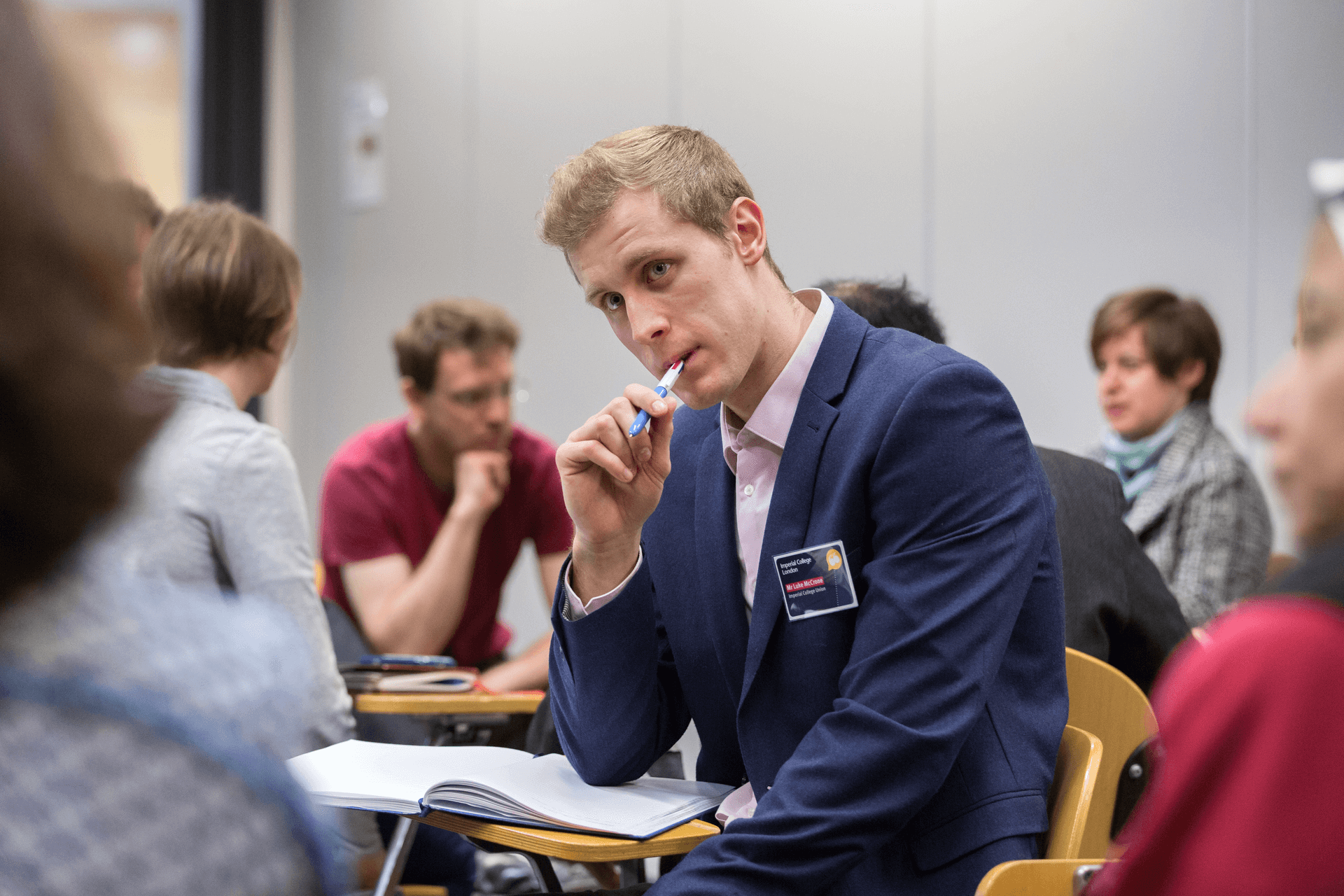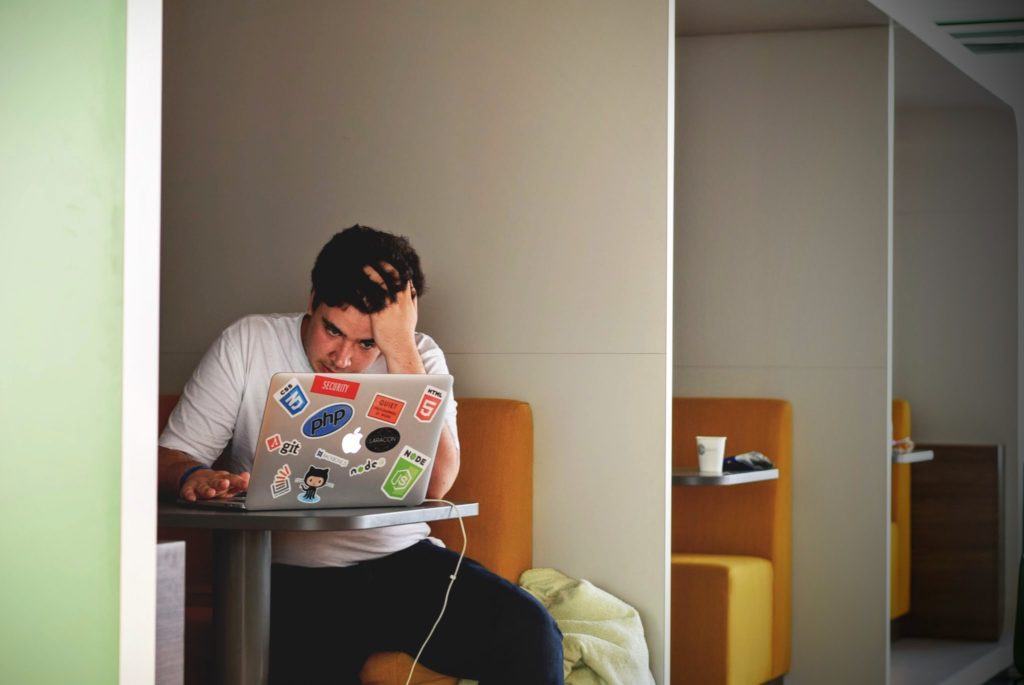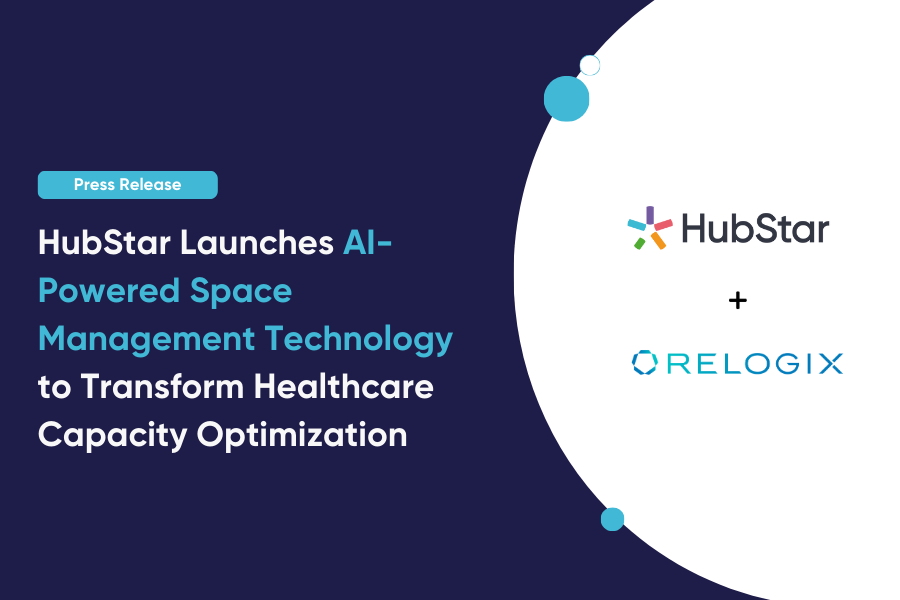Improving the educational and economic potential of campus real estate | Q&A with Luke McCrone – pt. 2

Luke McCrone is a PHD student at the Centre for Higher Education Research and Scholarship (CHERS) at Imperial College in London. Luke is currently exploring how undergraduate students perceive and engage with physical space and curriculum at Imperial College London. He is particularly interested in how students experience the transition between formal and informal learning spaces. Luke has keen interests in how an authentic student perspective can inform the design and management of learning space to improve the educational and economic potential of the estate.
In the second part of a Q&A blog series, we share his views on the student perspective, the campus of the future and the value of space utilization data for universities.
What role does the authentic student perspective play in improve the educational and economic potential of the estate? Why is it important?
‘Acquiring a student perspective can almost certainly improve the educational and economic potential of spaces and I’ll expand on that a little bit just so there’s absolute clarity around it. What I’ve been doing is using observations and brief interviews with students using certain spaces on the campus. I’ve chosen very traditional spaces, including a lecture theater with an adjacent sort of breakout area. By gradually accumulating this sort of wisdom on how students use these spaces and how they feel about using them from brief interviews I conduct, you start to get a sense of what’s useful and not in these spaces. That of course can inform redesign, that can inform very quick and often low-cost changes to the spaces to make them more educationally viable. This gives students greater self-efficacy and agency in their learning, and even promotes a better sense of community. So that’s the educational part.’
‘The economic part I think has to be more so tied to the utility of the space utilization data. I think this is where we can truly begin to understand student engagement with certain lecture sessions, timetabled curriculum. Timetabling is often scheduled according to very pragmatic constraints: ‘Ok, there’s a room in college that is available over there, in this department. This educator needs it for these reasons, so we’re going to put it in at this time.’ That approach is understandable because that pragmatic constraint has to be in place, but if we can understand how students receive the education in different timetable configurations and how they transition between the formal, timetabled spaces, we can better comment on whether the spaces are being used in an optimal manner, and in so doing contribute to maximizing the economic potential of the estate. The occupancy data will also provide insights which enable us to share departmental teaching and learning space, again enabling us to make the best of the existing built environment.

What will the campus of the future look like?
‘The first thing to say is that I feel that the physical campus will always be preserved. It will always have utility in bringing people together. Social learning is something that will never be lost. That in my mind applies both in a research and in educational capacity and is incredibly important. If we can be sure that the physical campus will still be around at least in 30 to 50 years’ time, we can then take a closer look at how the institution is going to look. We’re already undergoing many refurbishments of lecture theaters and we’re already beginning to more closely look at these informal spaces. Space now needs to be designed for interaction. Gone are the days where an individual will be encouraged to work in a corner in isolation.’
‘Universities are beginning to think like Google and Apple who are designing space to get people to collaborate and share ideas. This means that the physical configurations of space will be more geared towards interaction, collaborative learning and group-based learning. So when you walk here in 50 years’ time, I very much doubt that you’re going to see the tiered wooden benches you would have seen in the 1950’s or 60’s. Rather, you’re going to see a room that is more flexible in its configuration, with movable furniture that can be used in a variety of different ways to facilitate a variety of different learning modes.’
‘Perhaps the most overlooked aspect of the future campus is those areas that enable incidental learning, that is the chance encounters between people in corridors or ancillary areas. Conversion of these bare physical spaces into functional transitional spaces better support these fundamental educational interactions which have been neglected in traditional formal education, but which are sites of rich learning. The occupancy monitoring technology is helping to confirm student engagement with these transitions at a cohort-level.’

Can you provide advice to Higher Education institutions that are looking to improve their educational and economic potential?
‘Organizations should analyze all available data about space to improve utilization and user experience. given that some spaces can be apparently used based on timetabling data, when indeed they are not. Therefore, real-time occupancy data access is revolutionary, because it helps to dispel these assumptions which often result in wasteful space behaviors. Institutions should be striving for effectiveness and efficiency if they wish to remain competitive and maintain economic health.’
‘Data is our ally, and with the right manipulation can allow Higher Education providers to better understand their existing space, thereby better utilizing it as a resource that begins to inform changes to the campus which align with the mission of the institution.’
‘With universities expanding their student numbers and facing greater financial challenges, the need to improve utilization and space efficiency is of greater and greater importance. ‘Most campuses are Wi-Fi-enabled, which means that Lone Rooftop’s (now HubStar’s) solution is relatively low cost and easy to implement.’
‘For too long, space utilization in Campus Real Estate has been considerably lower than it should be. We’re now living in an age where we need to think about efficiency. This not only serves to improve the human experience, but to mitigate challenges like global warming. Having the ability to know when rooms are not actually being used, means that we can turn off the radiators and the lighting, for example. I think those are the small contributions that are going to increase efficiency in space and resource usage. That’s why I think universities and businesses alike should be thinking about these sorts of datasets to improve sustainability.’
‘One concrete point that I want to make is that many activities universities have engaged with in the past have relied on assumptions and have not been as evidence-based as they should be. This is ironic given that STEM institutions pride themselves on a rigorous evidence-based scientific method in research and teaching! Part of this problem relates to how the campus is managed, timetabled and ultimately distributed to the user. Universities have long relied upon timetable data to understand apparent utilization of rooms and more recently on technologies like Automatic People Counters which are only so effective. This lack of real insight remains one of the greatest pitfalls in university estate management. This is where the occupancy data is revolutionary; it gives us insight into actual occupancy and enables universities to make evidence-based decisions about the management, design and redesign of the campus estate.’
We hope this article was of value to you. Let us know your thoughts on this first article via Luke McCrone or Daan Wonnink.



